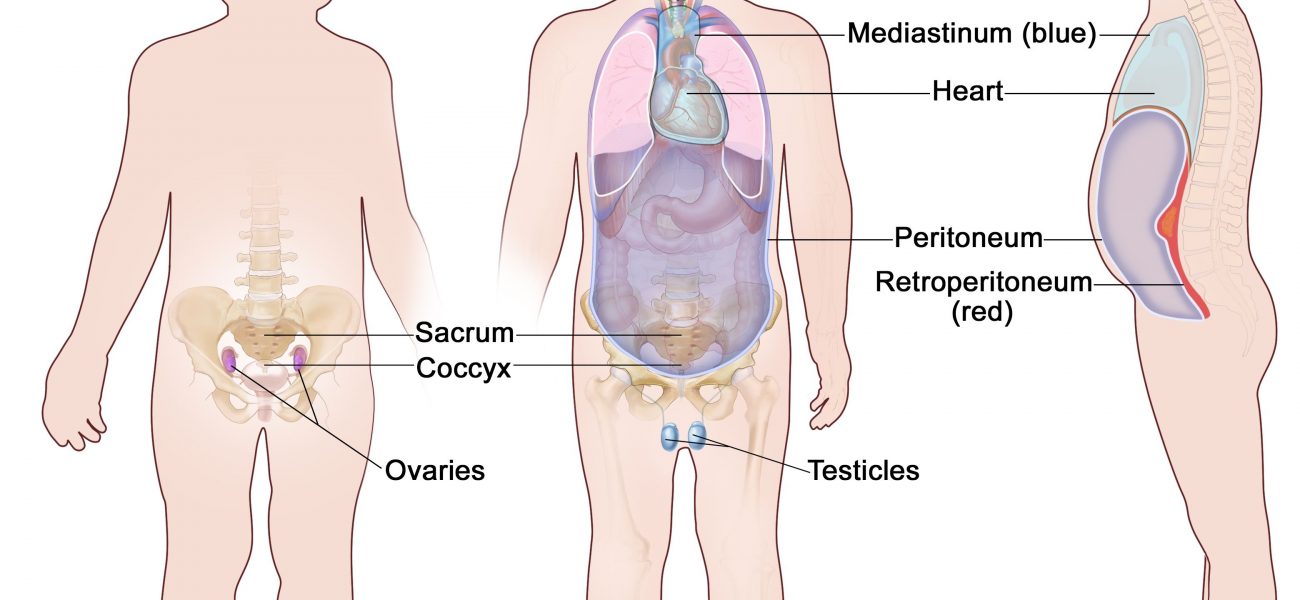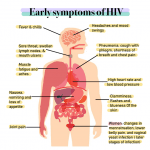A tumor develops when cells reproduce too quickly.
Tumors can vary in size from a tiny nodule to a large mass, depending on the type, and they can appear almost anywhere on the body.
Types
There are three main types of tumor:
Benign: These are not cancerous. They either cannot spread or grow, or they do so very slowly. If a doctor removes them, they do not generally return.
Premalignant: In these tumors, the cells are not yet cancerous, but they have the potential to become malignant.
Malignant: Malignant tumors are cancerous. The cells can grow and spread to other parts of the body.
It is not always clear how a tumor will act in the future. Some benign tumors can become premalignant and then malignant. For this reason, it is best to monitor any growth.
Benign
Most benign tumors are not harmful, and they are unlikely to affect other parts of the body.
However, they can cause pain or other problems if they press against nerves or blood vessels or if they trigger the overproduction of hormones, as in the endocrine system.
Examples of benign tumors include:
Adenomas
Adenomas develop in glandular epithelial tissue, which is the thin membrane that covers glands, organs, and other structures in the body.
Examples include:
- polyps in the colon
- fibroadenomas, a common form of benign breast tumor
- hepatic adenomas, which occur on the liver
Adenomas do not start as cancer. However, some can change and become adenocarcinomas, which are cancerous.
Fibroids
Fibroids, or fibromas, are benign tumors that can grow on the fibrous or connective tissue of any organ.
Uterine fibroids are common and can cause:
- vaginal bleeding
- pelvic pain or discomfort
- urinary incontinence
They can be “soft” or “hard,” depending on the proportion of fibers to cells.
There are many types of fibroma, including:
- angiofibromasTrusted Source, which can appear as small red bumps on the face
- dermatofibromas, which appear on the skin, often on the lower legs
Some fibromas can cause symptoms and may need surgery. In rare cases, fibroids can change and become fibrosarcomas. These are cancerous.
Hemangiomas
Hemangiomas are benign tumors that form when blood vessels grow excessively.
They can appear as red “strawberry marks” on the skin or they can develop inside the body. They are often present at birth and disappear during childhood.
Hemangiomas do not usually need treatment, but laser surgery and other options are available if they do not go away.
Lipomas
Lipomas are a form of soft tissue tumor and consist of fat cells. They can appear at any age but often affect people from 40–60 years old, according to the American Academy of Orthopaedic Surgeons (AAOS).
Most lipomas are small, painless, rubbery, soft to the touch, and movable. They often appear on the back, shoulders, arms, buttocks, and the tops of the legs.
The AAOS note that they are unlikely to become cancerous.
Types of lipoma include fibrolipomas, which contain fat cells and fibrous connective tissue, and angiolipomas, which appear under the skin.
Premalignant
This type of tumor is not cancerous, but it needs close monitoring in case it changes.
Examples include:
Actinic keratosis
Also known as solar keratosis, this growth involves patches of crusty, scaly, and thick skin.
It is more likely to affect fair-skinned people, and sun exposure increases the risk.
Sometimes, actinic keratosisTrusted Source will transform into squamous cell carcinoma, so doctors usually recommend treating it.
Cervical dysplasia
In cervical dysplasia, a change occurs in the cells that line the cervix. A doctor may find these cells during a Pap smear. Cervical dysplasia often stems from the human papillomavirus (HPV), an infection that is common in young people.
The cells are not cancerous, but they may become malignant 10–30 yearsTrusted Source later, resulting in cervical cancer.
A surgeon may remove the cells using freezing techniques or by taking a cone of tissue from the cervix.
Metaplasia of the lung
These growths occurTrusted Source in the bronchi, the tubes that carry air into the lungs.
The lining of the bronchi contains glandular cells. In some people, including smokers, these can change and become squamous cells, or cancer.
Leukoplakia
Leukoplakia causes thick white patches to form in the mouth.
These patches:
- are painless
- have an irregular shape
- are slightly raised
- are not possible to scrape off
Anyone with this type of patch should see a doctor if it does not go away within 2 weeks.
They should also monitor the patches for changes and quit smoking or chewing tobacco, if relevant.
If a doctor believes that the patches could become cancerous, they may use a laser or surgical scalpel to remove them.
Malignant
Malignant tumors are cancerous. They develop when cells grow uncontrollably. If the cells continue to grow and spread, the disease can become life threatening.
Malignant tumors can grow quickly and spread to other parts of the body in a process called metastasis.
The cancer cells that move to other parts of the body are the same as the original ones, but they have the ability to invade other organs. If lung cancer spreads to the liver, for example, the cancer cells in the liver are still lung cancer cells.
Different types of malignant tumor originate in different types of cell.
Examples include:
Carcinoma: These tumors form from epithelial cells, which are present in the skin and the tissue that covers or lines the body’s organs. Carcinomas can occur in the stomach, prostate, pancreas, lung, liver, colon, or breast. They are a common type of malignant tumor.
Sarcoma: These tumors start in connective tissue, such as cartilage, bones, fat, and nerves. They originate in the cells outside the bone marrow. Most sarcomas are malignant.
Germ cell tumor: These tumors develop in the cells that produce sperm and eggs. They usually occur in the ovaries or testicles, but they may also appear in the brain, abdomen, or chest.
Blastoma: These tumors form from embryonic tissueTrusted Source or developing cells. Blastomas are much more common in children than in adults. They can lead to tumors in the brain, eye, or nervous system.
The list of some Tumor medicine:



